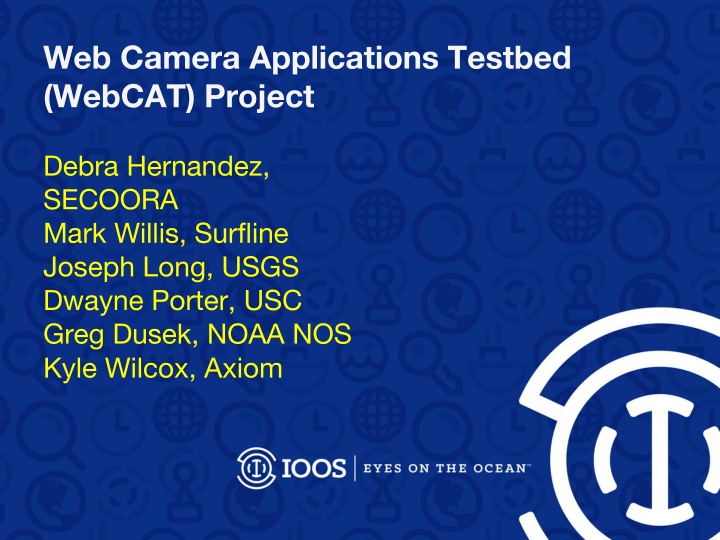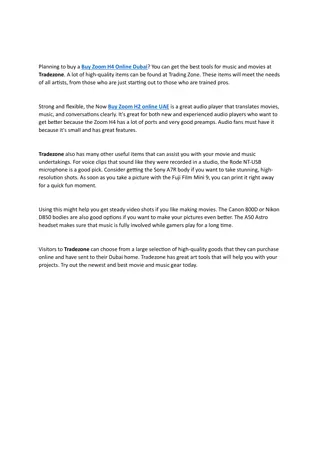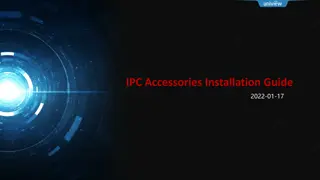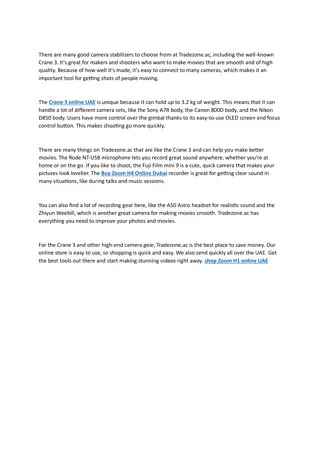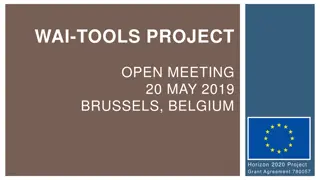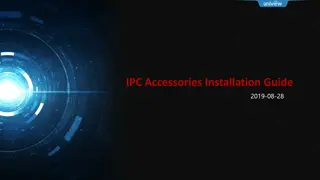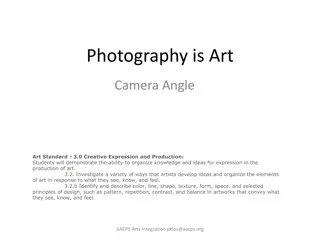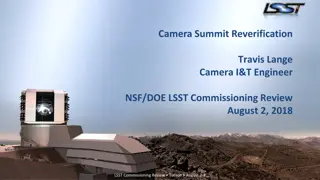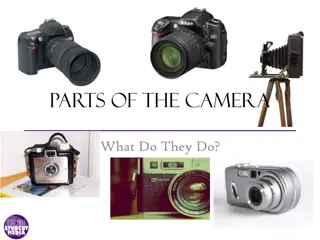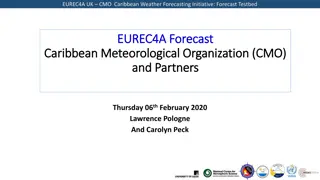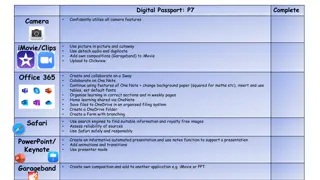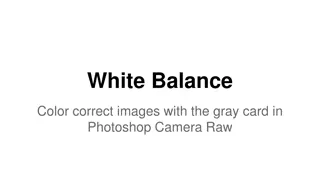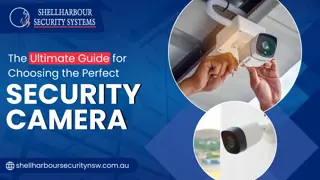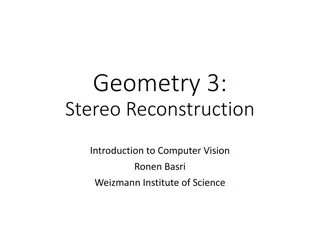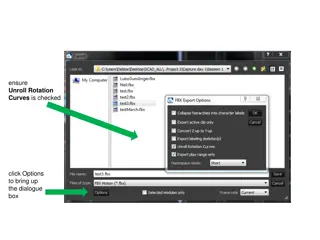Web Camera Applications Testbed Project Overview
This project, known as WebCAT, involves the installation of cameras by NOS to monitor coastal hazards and changes. It is funded by NOAA and IOOS, focusing on transportation, commerce, tourism, and risk reduction. The team aims to provide data and insights through monitoring water levels, beach shapes, rip currents, and high tide flooding. With the use of Surfline cameras, the project aims to improve coastal flood operations and observations, benefiting various stakeholders. Visit secoora.org for more information.
Download Presentation

Please find below an Image/Link to download the presentation.
The content on the website is provided AS IS for your information and personal use only. It may not be sold, licensed, or shared on other websites without obtaining consent from the author.If you encounter any issues during the download, it is possible that the publisher has removed the file from their server.
You are allowed to download the files provided on this website for personal or commercial use, subject to the condition that they are used lawfully. All files are the property of their respective owners.
The content on the website is provided AS IS for your information and personal use only. It may not be sold, licensed, or shared on other websites without obtaining consent from the author.
E N D
Presentation Transcript
Web Camera Applications Testbed (WebCAT) Project Debra Hernandez, SECOORA Mark Willis, Surfline Joseph Long, USGS Dwayne Porter, USC Greg Dusek, NOAA NOS Kyle Wilcox, Axiom
Web Cam Applications Testbed WebCAT Recently installed cams for WebCAT - NOS supported project to monitor and analyze coastal hazards/change via Surfline cams www.secoora.org
WebCAT Project Funding by NOAA NOS and IOOS One Year Project Meet the needs of: Safe and efficient transportation and commerce Stewardship, recreation, and tourism Preparedness and risk reduction www.secoora.org Images credited to NOAA NOS
Project Team www.secoora.org
5 CAMERAS TO BE INSTALLED 1 YEAR OF DATA ALL DATA TO BE AVAILABLE ON SECOORA WEBSITE SECOORA.ORG/WEBCAT
WebCAT Wave Runup The USGS is using Surfline cameras to observe changes in water levels and beach shape/size. Each hour the position of the water level on the beach is tracked for comparison to models of coastal water levels and hazards such as beach and dune erosion. NWS also using for Coastal Flood Operations. Buxton, NC www.secoora.org
WebCAT Rip Currents NOS/NWS Rip Current Model has relied on lifeguard observations in the past. This approach is limited by lifeguard presence and subjective nature of visual observations. Cams can help! www.secoora.org
Web Cams for High Tide Flooding Observations High tide flooding coastal flooding influenced by the tide Becoming more frequent due to sea level rise NOS provides annual outlooks and seasonal High Tide Bulletins Challenge with relating water level to impacts www.secoora.org
Web Cams for High Tide Flooding Observations www.secoora.org
WebCAT webpage http://secoora.org/webcat www.secoora.org
Accessing the Camera Data Data Demo Simple streaming implementation Post-processing trials/ideas Question to Audience: What format do you find useful for analysis? www.secoora.org
Unique Partnership Data Public-private partnership leveraging the expertise and capabilities of private, nonprofit and public sectors.
WebCAT Workshop Data Announcement coming mid 2018 Exploring applications, opportunities and challenges to using webcams for environmental monitoring Focuses on use cases of camera data Audience will be resource managers Stay tuned for an announcement! www.secoora.org
